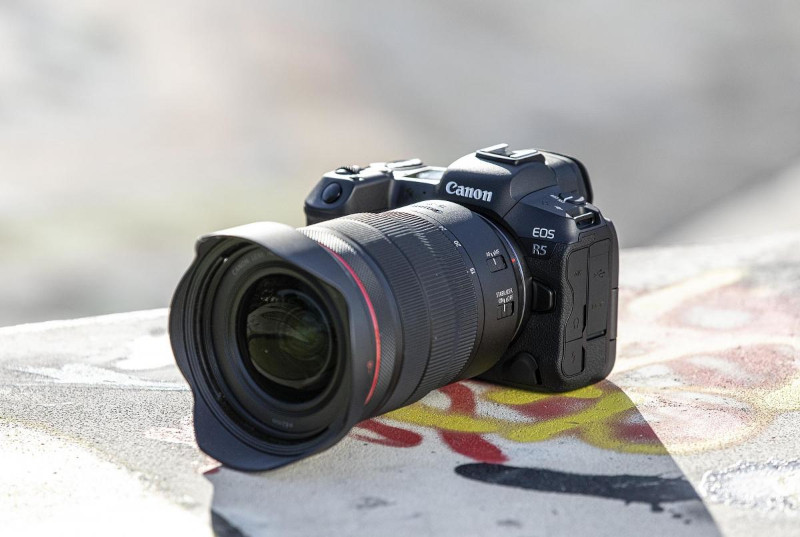

Best frame mirrorless camera 2018 professional#
High-end professional models like the Sony α7R IV, the Nikon D850, and the Canon EOS R5 have very high-resolution sensors that are ideal for pros. Portability, battery life, and weather sealing can also be important considerations depending on your needs and preferences, whether you're hiking up mountains or capturing scenic views while traveling. While a higher megapixel count can help, most modern cameras can turn out great images with plenty of dynamic range regardless of sensor size and resolution. Instead, image quality is the top priority. Unlike wildlife photography, autofocus and speed are less important. Pairing the R7 with either the RF 100-400mm f/5-6.8 or the RF 100-500mm f/4.5-7.1 makes a formidable combination for outdoor sports and wildlife, including bird photography.There are a ton of very capable cameras on the market today, but landscape photography has its own requirements. The old 7D Mark II DSLR was incredibly popular amongst amateur wildlife photographers, but its 10fps continuous speed pales compared to the 30fps rate of the R7, as does its autofocus tracking accuracy. There are many standout features in the R7’s specification list, but for me, the 30fps continuous shooting speed is the most important one for this camera’s target audience.


The R7’s performance, paired with a 1.6x crop factor, makes it a compelling choice for sports and wildlife photographers on a budget.

The EOS R7 launched in 2022 as the modern replacement for the 7D Mark II DSLR and sits atop Canon’s range of APS-C mirrorless cameras.
1.62M dot fully-articulating 3-inch rear touchscreen. Up to 30 fps shooting, 15 fps with mechanical. 32.5MP APS-C CMOS sensor with Dual Pixel AF. JPEG, HEIF, RAW, Dual Pixel RAW, Raw Burst, C-RAWĬanon Mirrorless Camera Details and Discussion Max Burst Before Buffer (electronic) (RAW/JPEG) Max Burst Before Buffer (mechanical) (RAW/JPEG) A huge range of Canon RF lenses has been introduced to take advantage of these mirrorless camera designs. In 2022, Canon introduced the first APS-C cameras for the EOS R system, the R10 and the R7. The R and RP cameras were a good starting point for the new system, but the EOS R mirrorless camera range really took off with the launch of the Canon R5, Canon R6, and the professional-level Canon R3. The EOR R mirrorless system camera lineup started with the aptly named EOS R camera, and the cheaper EOS RP. This new Canon mirrorless camera system replaced the EF Mount DSLR system and the EOS M APS-C-only mirrorless system. In 2018, the Canon EOS R system was launched with the new full-frame RF mount. The cameras were capable, but the lens lineup was limited, and the EF-M mount was never capable of supporting full-frame sensors. In many ways, the EOS M mirrorless system can be seen as Canon simply dipping a toe in the mirrorless waters. This system was developed alongside Canon’s EF-Mount DSLR system. Utilizing the EF-M mount and APS-C sensors, the EOS M system was first launched in 2012. Canon R5 Canon R6 Mark II Canon R3 Canon R7 Canon R10 The Canon EOS R mirrorless system has expanded rapidly to include both full-frame and APS-C sensor options.Ĭanon’s development of mirrorless camera systems took place in two waves.








 0 kommentar(er)
0 kommentar(er)
